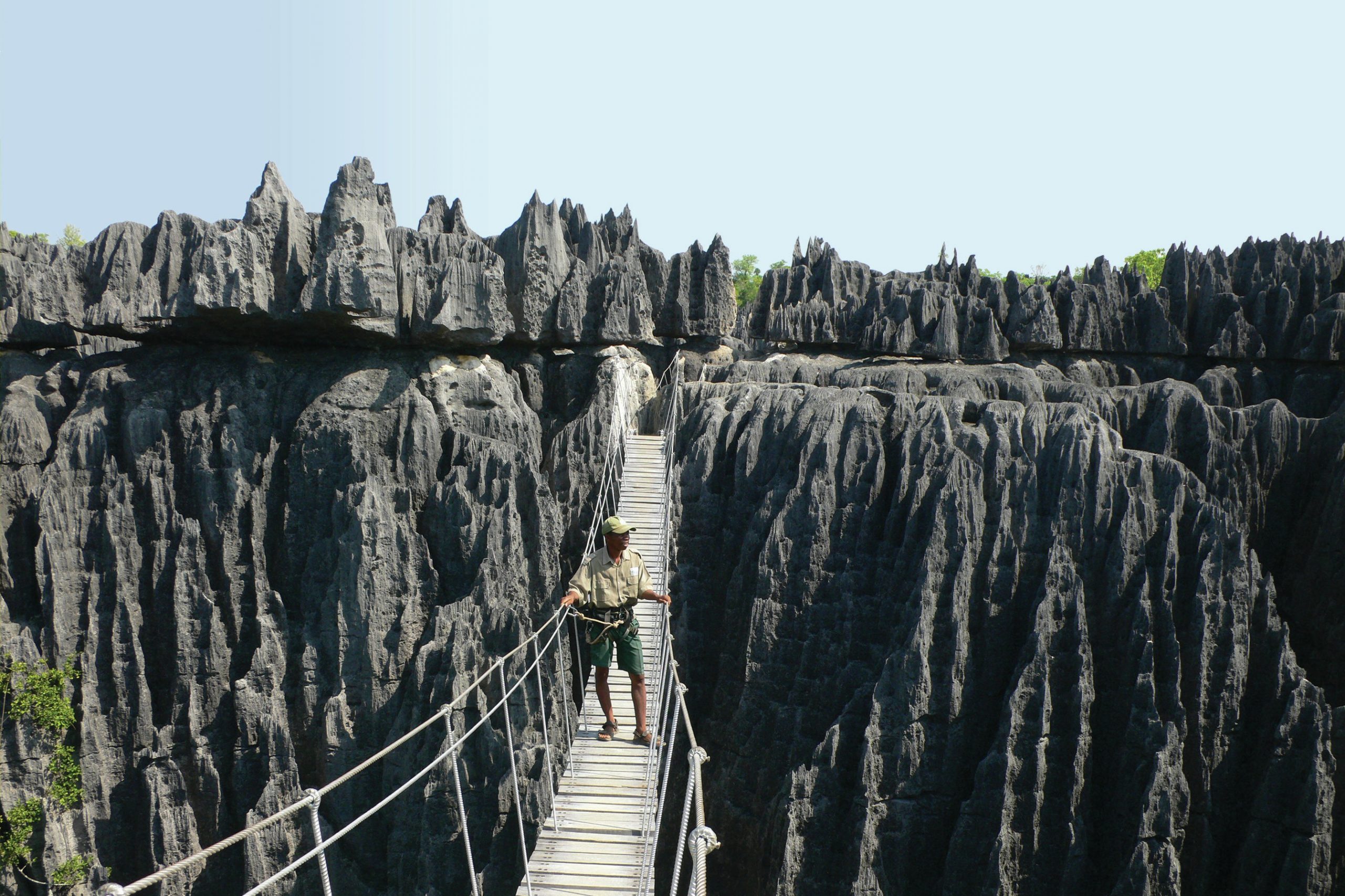
People interact with nature in many different ways. One important method used by societies all over the world to safeguard and preserve certain aspects of nature is the creation of so-called ‘protected areas’. National parks, nature reserves and wildlife sanctuaries are some of the various names used to label these zones where human activities are limited or excluded. They have been established and managed on land and at sea by a variety of groups, including governments, local communities, non-governmental organisations, private companies and individuals.
Areas are protected for a number of reasons. One important motivation is a desire to preserve sites that have special meaning for society. This might be because the area is a spectacular natural landscape or has significance for national culture and identity. It could also have scientific value, for example as a habitat for a rare species. A prime example is the Great Barrier Reef in northeast Australia.
Your organisation does not have access to this article.
Sign up today to give your students the edge they need to achieve their best grades with subject expertise
Subscribe




